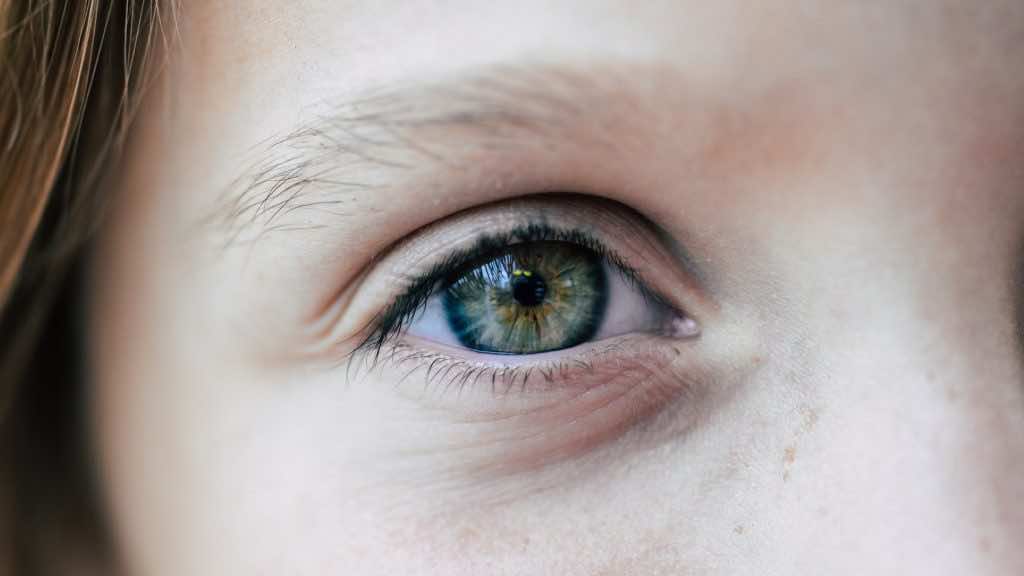In a recent research study, researchers have achieved a breakthrough by introducing an efficient treatment for color-blind children. The findings of this study are promising and have emerged to become a scientific mainstream in the medical field. Gene therapy has been deployed primarily as a means to stimulate and partially re-establish the contact of the retina’s cone receptors among children. The milestone has been achieved by the researchers from University College London (UCL), and the results of the research study have been published in the journal Brain.
Colour blindness is mainly caused by achromatopsia, a condition in which cone cells have been affected and, in the majority of cases, they cease sending signals to the brain. In this condition, the normal vision of the children has also been badly affected, and they become irritated by bright light, a condition known as photophobia. In this research, researchers have made an effort to stimulate these cone cells so that they become able to send signals to the brain, which will ultimately restore color blindness.
According to Dr. Tessa Dekker, who is the lead author of the study, “Our study is the first to directly confirm widespread speculation that gene therapy offered to children and adolescents can successfully activate the dormant cone photoreceptor pathways and evoke visual signals never previously experienced by these patients. We are demonstrating the potential of leveraging the plasticity of our brains, which may be particularly able to adapt to treatment effects when people are young.”
The clinical trials include a sample size of four children ranging between the ages of 10 to 15 years old. There were basically two trials which have been conducted by Professor James Bainbridge at UCL and Moorfields Eye Hospital, sponsored by MeiraGTx-Janssen Pharmaceuticals. Apart from restoring color blindness, the main goal of the research is to examine the safety of the process. However, the efficacy of the whole process has not yet been measured as the complete results of the study have not been compiled yet.
A new approach known as “functional magnetic resonance imaging (fMRI)” has been deployed by researchers that works by “separating emerging post-treatment cone signals from existing rod-driven signals in patients.” Through “silent substitution,” researchers have focused on the dead cone cells by using pairs of light in order to stimulate them. It has been reported that two out of four children have shown promising results after 6 to 14 months of treatment. They have displayed similar vision qualities to the people who had normal vision in the research.
Dr. Michel Michaelides, who is the co-lead author of the study, said, “We are still analyzing the results from our two clinical trials to see whether this gene therapy can effectively improve everyday vision for people with achromatopsia. We hope that with positive results and further clinical trials, we can greatly improve the sight of people with inherited retinal diseases.”

